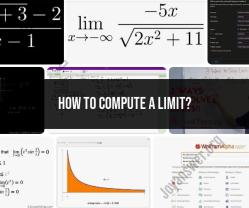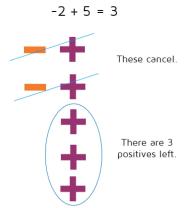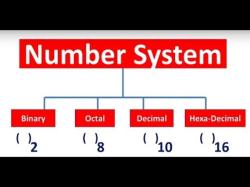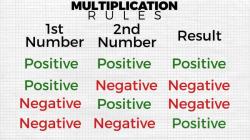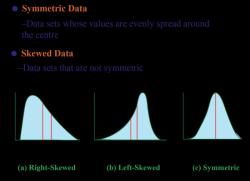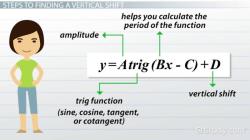How to convert fraction to a percentage?
To convert a fraction to a percentage, you can follow these steps:
Convert the Fraction to a Decimal:
- Divide the numerator (top number) by the denominator (bottom number).
Convert the Decimal to a Percentage:
- Multiply the decimal by 100.
- Add the percentage symbol (%).
Here's a step-by-step example:
Example: Convert 3/4 to a percentage
Convert the Fraction to a Decimal:
- (because 3 ÷ 4 = 0.75)
Convert the Decimal to a Percentage:
- (because 0.75 multiplied by 100 is 75)
- So, as a percentage is 75%.
Let's do another example:
Example: Convert to a percentage
Convert the Fraction to a Decimal:
- (because 5 ÷ 8 = 0.625)
Convert the Decimal to a Percentage:
- (because 0.625 multiplied by 100 is 62.5)
- So, as a percentage is 62.5%.
In summary, the key steps are to first convert the fraction to a decimal and then convert the decimal to a percentage by multiplying it by 100. Keep in mind that the percentage is always expressed with the "%" symbol.
Understanding the concept of converting fractions to percentages
Fractions and percentages are two common ways of expressing a part of a whole. Percentages are simply a way of writing fractions out of 100. For example, the fraction 1/2 is equivalent to the percentage 50%.
Calculating percentages from fractions using basic formulas
To convert a fraction to a percentage, follow these steps:
Divide the numerator by the denominator.
Multiply the result by 100.
Add a percent sign (%) to the end.
For example, to convert the fraction 3/4 to a percentage, we would do the following:
3 ÷ 4 = 0.75
0.75 × 100 = 75
Therefore, 3/4 is equivalent to 75%.
Expressing fractions as equivalent percentages
There are many different ways to express a fraction as an equivalent percentage. Some common methods include:
Using a calculator: Simply enter the fraction into your calculator and press the percent button.
Dividing by the denominator and multiplying by 100: This is the most basic method, as described above.
Using a fraction-to-percent chart: A fraction-to-percent chart can be a helpful tool for quickly converting fractions to percentages.
Estimating: If you don't need an exact answer, you can estimate the percentage by looking at the numerator and denominator of the fraction. For example, the fraction 4/5 is close to 1, so it is also close to 100%. Therefore, we can estimate that 4/5 is equivalent to about 80%.
Applying percentage conversion techniques in various contexts
Percentages are used in a wide variety of contexts, including:
Finance: Percentages are used to calculate interest rates, discounts, and other financial values.
Science: Percentages are used to express the purity of substances, the concentration of solutions, and the accuracy of measurements.
Everyday life: Percentages are used to express the completion of tasks, the risk of events, and the popularity of opinions.
Solving problems involving fractions and percentages
When solving problems involving fractions and percentages, it is important to be able to convert back and forth between the two. Here are some tips for solving these types of problems:
Identify the information that is given to you. What are you asked to find? What information do you have about the fractions or percentages involved?
Use a consistent method for converting fractions to percentages. You can use a calculator, a chart, or your own calculations.
Check your work carefully. Make sure that your answer makes sense in the context of the problem.








